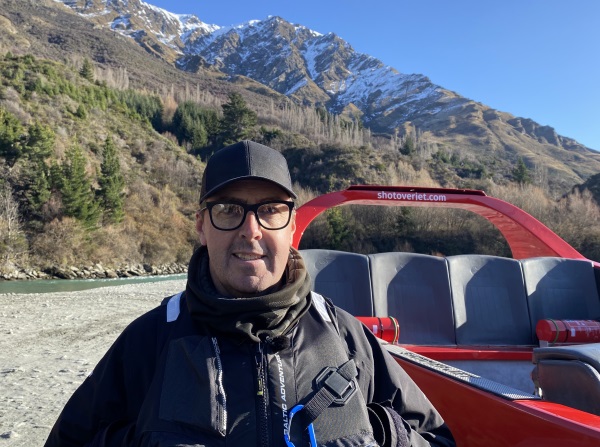
Te Runanga o Ngai Tahu took its first major step towards a carbon-neutral tourism future in Queenstown yesterday.
The iwi unveiled the world’s first commercial electric jetboat, to be operated by Shotover Jet, which runs on rechargeable batteries instead of fossil fuels.
Simultaneously, Ngai Tahu unveiled an 88-point climate change and environmental action plan, which addresses greenhouse gas emissions, marae and whanau resilience, water and ecosystem protection, renewable energy, and education.
Ngai Tahu will invest $27 million over three years to action the plan, Te Kounga Paparangi, part of which will see 50% of its tourism jetboat fleets turn electric by 2030, with the aim of making all its tourism operations carbon-neutral by 2050.
Ngai Tahu kaiwhakahaere Lisa Tumahai says following the iwi’s 2018 climate change strategy, the ‘‘rubber needed to hit the road’’ in demonstrating how they will contribute to a low-emissions economy in New Zealand.
‘‘I’m really thrilled because this is us tangibly taking climate action,’’ she says.
Prior to Covid, 53% of Ngai Tahu Tourism’s carbon footprint was comprised of fuel emissions from its four commercial jetboat ventures — a stat its ownership urged it to reduce, Ngai Tahu Tourism general manager Jolanda Cave says.
‘‘To our knowledge, it’s the first commercial jetboat operation to turn into electric … we will be one of the larger commercial jetboat operators in the world, so it’s a significant step for us to say this can be done,’’ she says.
While the prototype has faced battery storage challenges — it currently takes 15 hours to charge in exchange for two trips on the water — and commercialisation is still several years away, the electrification will make the Shotover experience more environmentally-friendly and significantly quieter.
Shotover Jet skipper Nick Simpson, who has over 20 years’ experience in the commercial jetboat industry, started out driving Shotover Jet’s original single-engine fleet in the 2000s.
He says the thrill of the ride in the ‘‘e-boat’’ remains the same, alongside the grunt of the drive, however the change in sensory experience has taken some getting used to.
‘‘It just really heightens your senses in the fact that you can’t hear those engines behind you, which is a really cool sensation.’’
While Tumahai says the iwi doesn’t yet have all the answers to managing climate change, Ngai Tahu’s size and influence mean they have the capacity to innovate.
‘‘This jetboat prototype is an exciting expression of what that innovation can achieve.’’



